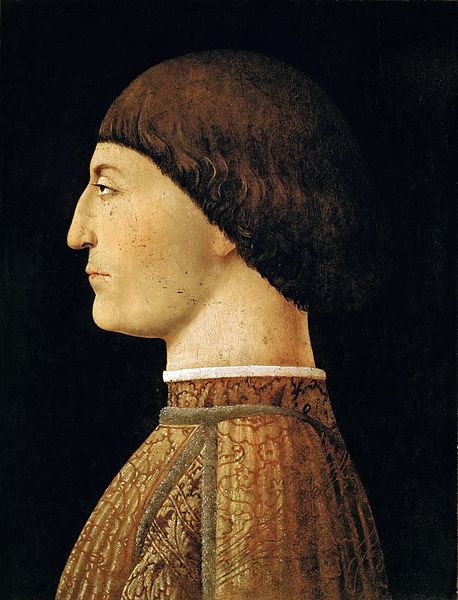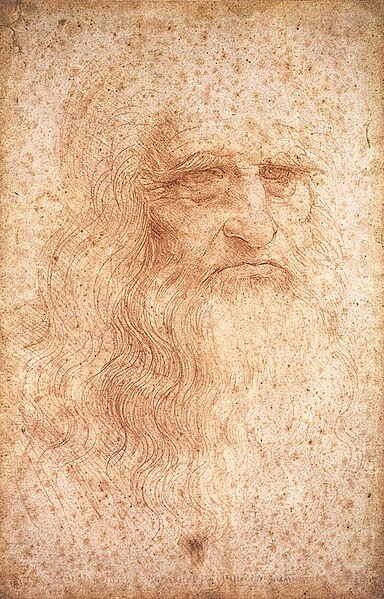Domenico di Tommaso Curradi di Doffo Bigordi, professionally known as Domenico Ghirlandaio, was an Italian Renaissance painter born in Florence. Ghirlandaio was part of the so-called "third generation" of the Florentine Renaissance, along with Verrocchio, the Pollaiolo brothers and Sandro Botticelli. Ghirlandaio led a large and efficient workshop that included his brothers Davide Ghirlandaio and Benedetto Ghirlandaio, his brother-in-law Bastiano Mainardi from San Gimignano, and later his son Ridolfo Ghirlandaio. Many apprentices passed through Ghirlandaio's workshop, including the famous Michelangelo. His particular talent lay in his ability to posit depictions of contemporary life and portraits of contemporary people within the context of religious narratives, bringing him great popularity and many large commissions.
Considered a self-portrait from Adoration of the Magi, 1488
Pope Gregory announces the death of Santa Fina, in the Collegiate Church of San Gimignano (about 1477)
The Confirmation of the Franciscan Rule from the Sassetti Chapel, with portraits of Lorenzo de' Medici and his family occupying prominent positions as spectators to the event
The Adoration of the Shepherds, Sassetti Chapel, containing a portrait of Ghirlandaio as one of the Shepherds
The Italian Renaissance was a period in Italian history covering the 15th and 16th centuries. The period is known for the initial development of the broader Renaissance culture that spread across Western Europe and marked the transition from the Middle Ages to modernity. Proponents of a "long Renaissance" argue that it started around the year 1300 and lasted until about 1600. In some fields, a Proto-Renaissance, beginning around 1250, is typically accepted. The French word renaissance means "rebirth", and defines the period as one of cultural revival and renewed interest in classical antiquity after the centuries during what Renaissance humanists labelled as the "Dark Ages". The Italian Renaissance historian Giorgio Vasari used the term rinascita ("rebirth") in his Lives of the Most Excellent Painters, Sculptors, and Architects in 1550, but the concept became widespread only in the 19th century, after the work of scholars such as Jules Michelet and Jacob Burckhardt.

Portrait of Dante Alighieri by Cristofano dell'Altissimo, Uffizi Gallery Florence, 1552–1568
Pandolfo Malatesta (1417–1468), lord of Rimini, by Piero della Francesca. Malatesta was a capable condottiere, following the tradition of his family. He was hired by the Venetians to fight against the Turks (unsuccessfully) in 1465, and was the patron of Leone Battista Alberti, whose Tempio Malatestiano at Rimini is one of the first entirely classical buildings of the Renaissance.
Portrait of Cosimo de' Medici by Jacopo Pontormo (ca. 1518–1520)
Leonardo da Vinci, Italian Renaissance Man, 1512








